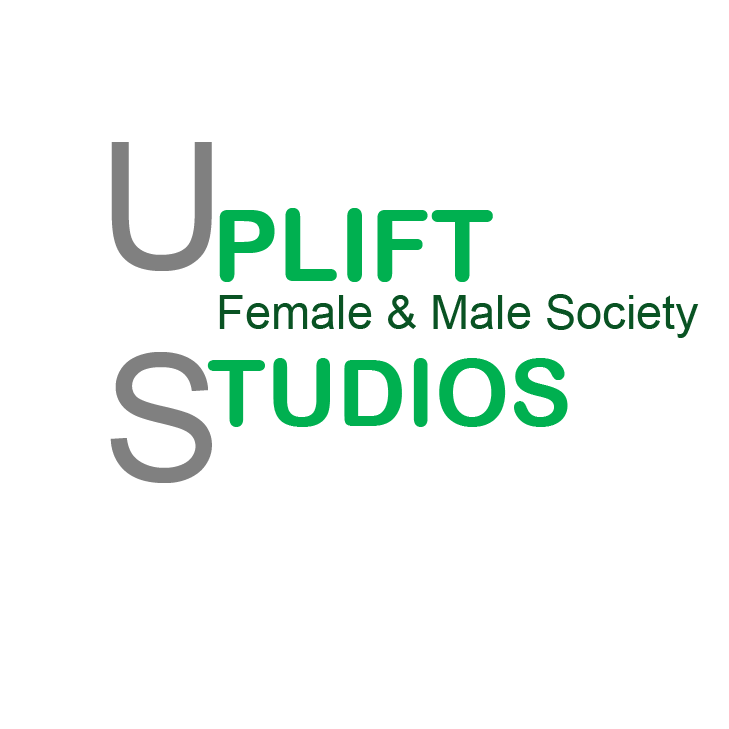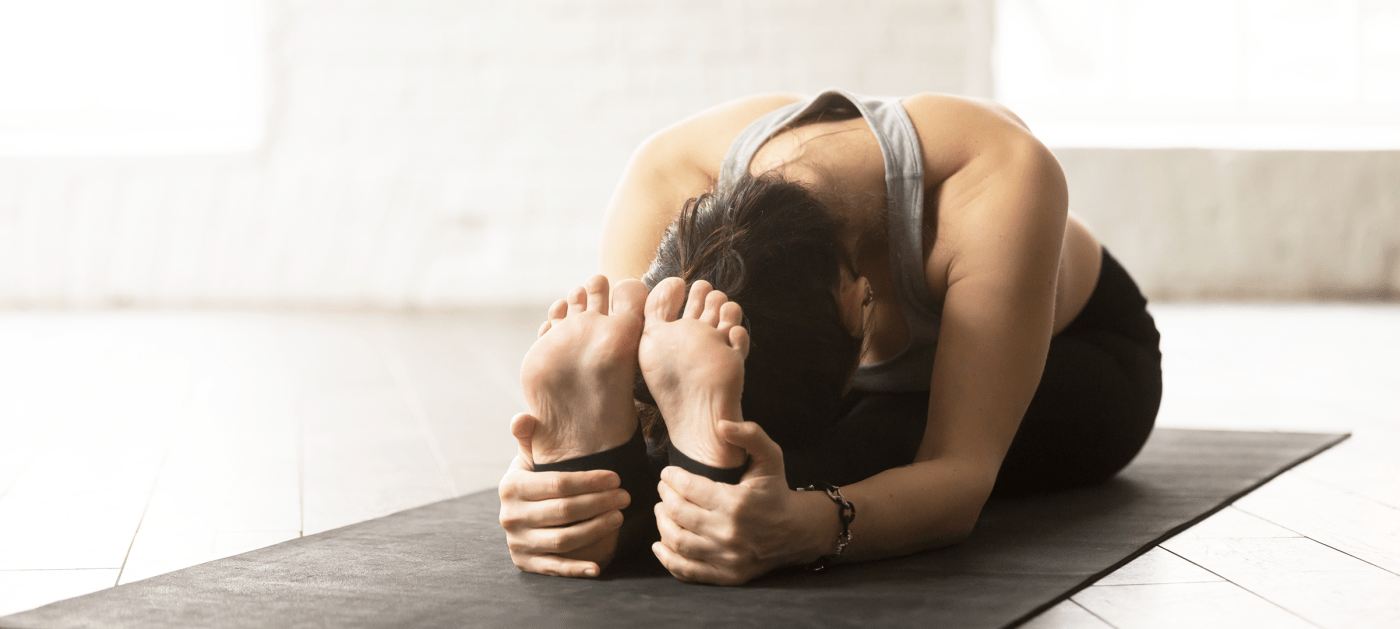The technique of Stretching, i.e. the stretching of muscles, is known to all of us. However, today we discuss a relatively new term., the Deep Stretching (Deep Muscle Stretching).
A technique based on the classic Stretching techniques, but in this case paying focus mainly on the hip area.
It is not a dynamic form of stretching, but a static and deep effort to stretch specific muscles of the body (and in fact necessary for the total posture and movement of the body daily).
The hip – and surrounding area – is the most stressed during the day.
Just think you start your day waking up in the morning following many hours of immobility in bed. Then is the breakfast, getting in your car afterwards (again in a sitting position) to reach the work spot. There, you stay for many more hours sitting at a desk, exerting even more strain on waist, hip, hips and the entire torso and spine area.
Finally and after many hours of immobility in office, you get back in car to return home for relaxing on a couch. The last move is to bed again and the whole thing is repeated every day.
You think this lifestyle does not have an impact on health.
You think this static routine would not have an impact on body.
Unfortunately, joint diseases do not only concern the third age only. Now, as the way of life of modern person becomes increasingly less active and kinetic, similar diseases become the case of higher number of young people.
A reminder here, this is not a simple pain, as in many cases these develop into chronic diseases with unbearable permanent pain affecting the quality of life in a negative way.
The Deep Stretching discussed in today’s article is a new trend focusing precisely on this reality, promising a solution.
A number of answers furnished concern various questions about this exercise, as well as to questions possibly keeping you from deciding to adopt it in your life.
In detail, here are the topics examined:
- Deep Stretching – what it is
- Different Types of Stretching
- Deep Stretching is related to Yoga.
- Provides any help to Muscle Reconstruction?
- Helps on body fat burning?
- What are the Basic Deep Stretching Moves (without buying instruments)?
- Is it right for you?
- Can it hurt? What should I do if I feel pain?
- Deep Stretching – Main benefits
It’s about time to start giving the answers required.
Deep Stretching – What it is
Table of Contents
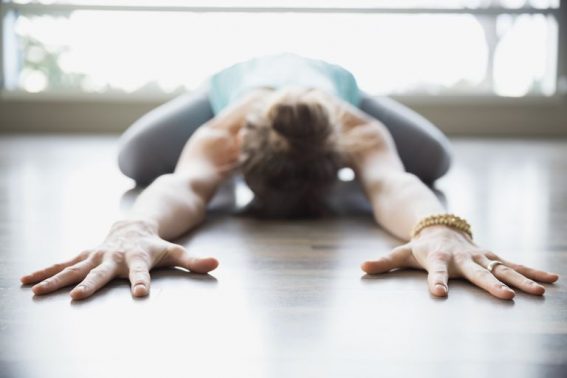
Deep Stretching is an active stretching exercise of muscles of hip, waist, hip, thighs, and even the back in general.
Deep Stretching can be a “warm up” of muscles for another exercise (such as weights), or a whole session.
Many of the exercises in Deep Stretching are common with those of Yoga, applied for a period of 1-2 minutes each.
In general, Stretching as a form of exercise is not aiming at muscle gains or aerobic fitness.
A key part of this workout is achieving a “plasticity” of body, flexibility and toning.
According to well-known physiotherapist of Massachusetts General Hospital (affiliated to Harvard), David Nolan, stretching muscles requires daily practice to have effective results (and especially tangible benefits to physical condition of the individual).
With only one session and in not regular time, Stretching (even Deep Stretching), cannot have substantial results.
It takes intense effort and systematic muscle training, or months of work to be able to say that the person will see a difference in daily life.
However, even if observe practical benefits in body, necessary to keep practicing for maintaining those benefits.
Therefore, Deep Stretching is not a way to achieve a goal so simply; it is and should be treated as a “lifestyle” for real benefits.
Different Types of Stretching
Yes. In general, the practice of Stretching may be classified into 7 different variations as:
-
Ballistic Stretching
Considered as a relatively “dangerous” form of stretching.
Coming to a desired Stretching position, you “bounce”, which might injure the muscles or connective tissues.
However, still applied in various gyms as a dynamic form of stretching, especially suitable for those suffering from injuries or joint diseases.
-
Static Stretching
In this case – as the name states – we have a static form of stretching, concerning a specific muscle. The stretch is deep, extending until the person feels the tension of stretch.
This application should not be performed abruptly or by force. The muscle gently stretched and restored gently after 15 – 60 seconds (depending on the endurance of the person).
-
Dynamic Stretching
Unlike Static Stretching, Dynamic Stretching is more dynamic, persistent and more “dangerous” for injuries. Like Ballistic Stretching, shows a slightly more “aerobic” form of stretching, not suitable for everyone.
-
Active Stretching
Active stretching promotes the extension of a muscle until the individual experiences tension. Once the person reaches the desired stretch, stays in this position for 1-2 seconds (and no more!), then returning to a relaxed position.
-
Passive Stretching
Passive muscle stretching protects you from maintaining a steady posture for an entire year and may be performed in pairs, alone, with rubber bands, or even with the help of the wall or floor to exercise the required muscle resistance.
-
Isometric Stretching
This is another form of static muscle stretching, quite safe (not involving movement during stretching).
Many well-known Yoga postures as well as exercises performed daily are examples of such stretching (plank, side bridge, tree posture).
-
PNF Stretching
This stretching practice usually performed in pairs, as one person provides the necessary impetus to stretch and relax his partner’s muscles.
However, this exercise, as requires complete cooperation and knowledge of applying the exercises, can become very dangerous with its incorrect application. Therefore is recommended to have monitoring by a specialist during its application (coach, physiotherapist or kinesiologist).
Is Deep Stretching related to Yoga?
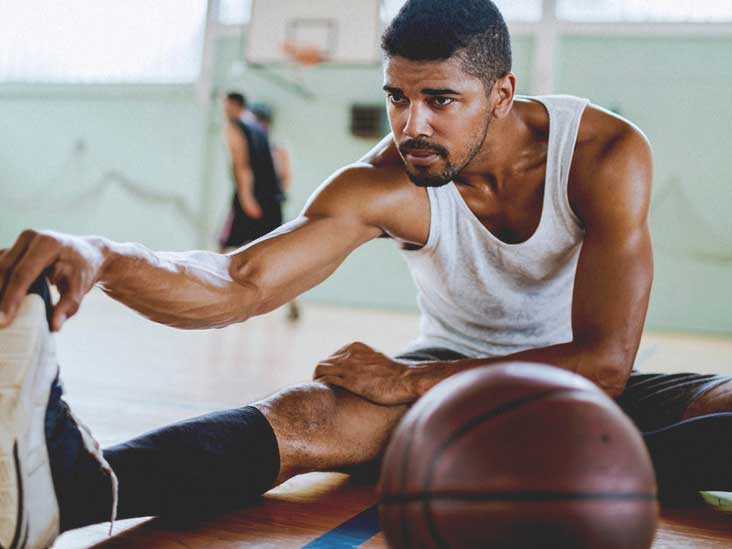
As mentioned earlier, Deep Stretching (and Stretching in general) borrows a lot of postures and exercises from Yoga, something to be expected and perfectly reasonable.
If you think that the goal is to enhance the flexibility of body and stimulate the muscles, you can easily understand that it makes sense for them to work together.
However, Yoga and Deep Stretching, are not the same thing.
Surely, anyone can start practicing Yoga as well as Stretching. However, the intensity and difficulty of the exercises depends on the physical condition of person and any physical limitations (injuries, diseases, difficulties, disabilities).
Especially in Yoga, some postures require several years of training to master them. Stretching, on the other hand, is more suitable for beginners.
Nevertheless, in the case of Deep Stretching there are also restrictions for people with health problems or physical difficulties.
Helps with Muscle Reconstruction?
Yes and no. Stretching as a technique, (even Deep Stretching) has not so much to do with muscle rebuilding as with muscle toning and stretching.
However, muscle mass could ultimately obtain even more muscle gains.
Helps on Body Fat Burning?
If the question is if calories burnt while applying Deep Stretching, the answer is rather disappointing. This is not an aerobic dynamic workout, resulting the burning of calories and body fat is not great.
However, despite the small energy requirement of this particular workout, the health and body benefits remain huge and truly invaluable (especially in sedentary lifestyle of today).
We would say that calorie burning achieved with Deep Stretching is equivalent to that of Yoga.
Basic Deep Stretching Moves (with no instruments)
We asked an expert and try to present a number of basic and very effective Deep Stretching exercises relieving the tension from the “core” of your body (waist, hip, hips and back).
No.1: Torso Rotation
You stand upright with your legs slightly apart (at hip opening) and gluteal muscles tight. Then rotate torso (with your arms outstretched in a straight line) but keeping your hips stable.
Apply the exercise on both sides.
No.2: Opposite hand / foot
You start the exercise at the table posture. Extend your right arm forward keeping your neck straight and your head facing the ground.
At the same time, you extend the reverse leg (i.e. the left one) backwards and stretch it so that it forms an imaginary straight with your spine.
The pelvis remains stable and the core of your body tight.
Repeat with the other hand / foot for 10 – 20 repetitions.
No.3: Dead cockroach
You lie on the ground on your back. Raise your arms outstretched in the air above shoulder height. Then bend your left leg and bring it to your chest.
Now you should tighten your abdominal muscles well and keep your back straight and in contact with the ground.
You stay in this position for a few seconds and repeat for the other leg. Do 15 – 20 repetitions for each leg.
No.4: Superman
You lie face down on the ground in full force and with your arms and legs outstretched (like Superman in flight).
Tighten your gluteal muscles well and be careful not to injure your waist. Everything is performed with your abdominal muscles to hold your torso and protect your waist.
Slowly and gently, lift your upper torso and at the same time slightly lift your legs (stretched & joined) off the ground.
You stay in this position for 5 – 10 breaths and repeat 15 – 20 times to complete the set.
No.5: Against the wall
You are standing in front of a wall. You take a deep breath, during exhaling bend your knees slightly, and bend forward. When you form a right angle with your legs you catch the wall with your arms outstretched, holding them against the wall.
Tighten your abdominal muscles well. You raise your navel (as if pulling it in) and let your chest fall lower.
Repeat for 10 – 15 breaths.
No.6: Push-Up
In a table position, put your arms outstretched at shoulder height and activate your abdominal muscles, with knees together and on the ground.
You bend your elbows and lower your torso towards the ground with your pelvis remaining stable.
You stay for 1 second and return to your original position (small table). Repeat for 10 – 20 times to complete the set.
Is It Suitable For You?
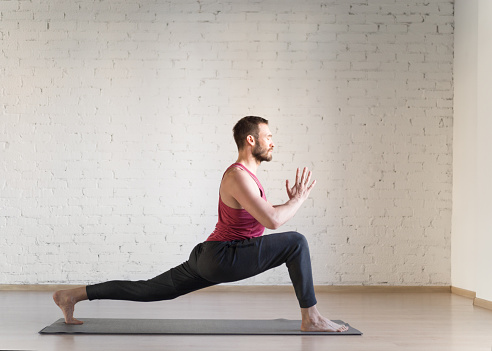
If you are aiming at a radical change in body, it is appropriate, but not enough.
Deep Stretching helps strengthen and expand muscles, as well as to provide them with the “space” to grow.
To rebuild muscle mass, however, you must follow some other form of exercise (with weights, resistances, rubber bands, etc.).
If on the other hand you are aiming for a state of health and wellness, then definitely yes, Deep Stretching can “wake up” your rusty muscles from long hours of sedentary work and give you physical and mental wellness.
However, be careful in case of injuries or other problems with hip, waist or hips. In this case, ideally you should first consult your doctor and follow a program recommended by a specialist physiotherapist.
Can it hurt? What should if I feel Pain?
You can apply (in fact recommended) Deep Stretching exercises on a daily basis. This way you will gain better flexibility faster and you will stretch your muscles more.
This will then help you in muscle gains.
If you feel pain while doing an exercise, it is usually due to incorrect application as most, probably you “overdid it”.
So relax and stop the practice until pain subsides.
Excessive effort to go beyond the limits of your body (and even abruptly) can lead to quite serious injuries.
Deep Stretching – Main Benefits
- helps to stretch the muscles of the wider area (hips, hips, thighs, waist, back)
- stimulates muscles
- enhances the potential for greater muscle gain
- helps in the emotional discharge of person
- removes stress
- mild form of exercise (non-aerobic) suitable for most people
- helps fight injuries and pain
- does not charge heart function
- does not impair respiratory function
- suitable even for late at night (before bedtime)
